linear Learn more about linear
-
Prevention and treatment of hepatic linear hemorrhage of cultured puffer fish

[symptoms of hepatic linear hemorrhage of puffer fish] the body color of the diseased puffer fish is black, and the color from the eyes to the kiss is obviously lighter, sometimes the body color of puffer fish becomes lighter and paler. Sometimes the base of caudal fin, anal fin and dorsal fin is congested. Cutting open the abdomen of the fish, you can see that there are 12 bright spots on the liver.
2020-11-08 Breeding puffer fish liver linear bleeding disease prevention and treatment -
A conversion tool for Linear Evaluation of Dairy cows made by Excel

A conversion tool for Linear Evaluation of Dairy cows made by Excel
2018-07-11 -
The little yellow flower which is inconspicuous in the wild is also so beautiful that many people have never seen it before.

Sedum (scientific name: Sedum lineare Thunb.) perennial herb of Sedum family, glabrous. The stem is 10-20 cm high. 3-wheeled, rarely 4-wheeled or opposite, leaves linear, apex obtusely pointed, base sessile, shortly spurred. Inflorescences.
2018-05-04 -
High-yield cultivation techniques of Fructus Cnidii

High-yield cultivation techniques of Fructus Cnidii
2018-06-29 -
How to identify common orchids

In some larger flower markets, you can often see all kinds of beautiful orchids on sale. How to identify these orchids? Several commonly cultivated orchids are introduced as follows, which can be used as a reference for flower lovers. Chunlan: roots fleshy, white, leaves narrowly linear, ca. 20 cm to 25 cm, margin.
2018-03-05 -
Peacock grass--hearty, lively, always cheerful

Peacock grass compositae, marigold is an annual herb. Stems erect, branches obliquely spreading. Leaves pinnate, heads solitary, tubular flowers corolla yellow, achenes linear, flowering July-September. Originated in Mexico. Distribution in Sichuan, Guizhou,...
2018-05-09 -
The difference between Persian chrysanthemum and melon leaf chrysanthemum
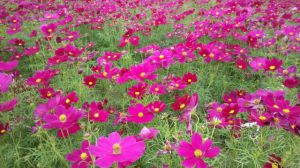
Plant type differences: Persian chrysanthemum stems have no hair or only a small amount of pilose, while melon leaf chrysanthemum stems have dense white villi. The difference of leaves: the leaves of Persian chrysanthemum are secondary pinnatifid, and the lobes are linear or filiform linear. The leaves of Chrysanthemum morifolium are relatively wide and heart-shaped. The difference between flowers: the pedicel of Persian chrysanthemum is longer than that of melon and leaf chrysanthemum.
2018-08-14 -
How to distinguish the fine leaf stone fairy peach
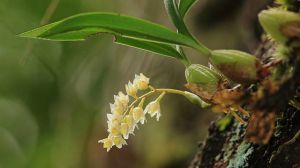
Rhizome: rhizome creeping, 1-3 cm apart will form a pseudobulb, narrowly ovate to ovate-oblong. Leaf blade: growing at the tip, linear-lanceolate or linear, papery, margin revolute. Flowers: flowers are small, yellowish or white. Fruit: capsule Obovate, ca. 6-8 mm, ca. 4-5 mm.
2018-08-20 -
The difference between Artemisia annua and Artemisia annua
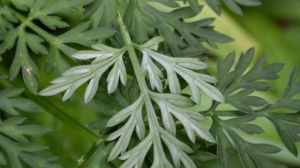
Leaf difference: the leaves of Artemisia annua are soft and wrinkled, and the lobules are linear or oblanceolate; the leaves of Artemisia annua are broadly oval or ovate, with downy surface and pinnately divided leaves. Flower differences: Artemisia annua flowers are head-shaped, ovoid or nearly spherical; Artemisia annua flowers are head-shaped flowers, nearly hemispherical or spherical.
2018-08-22 -
The difference between Ramie and flax
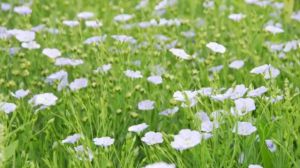
Leaf difference: Ramie leaves alternate, herbaceous, oval or broadly ovate, tip of leaves cuspidate; flax leaves alternate, leaves linear or linear lanceolate, leaves involute. Flower difference: Ramie panicle axillary, petals narrowly oval; flax cymose, 5 petals, Obovate, usually blue or blue-purple in color.
2018-09-10 -
Australian tea

Myrtle family, evergreen shrubs, luxuriant branches, reddish brown branches, more slender, new shoots usually tomentose, leaves alternate, leaves linear or linear-lanceolate. It is originally from New Zealand, Australia and other regions. Because its leaves are like pine leaves and flowers are like the Red Sea. Although the flowers of Australian tea are small, they bloom luxuriantly, and when they are in full bloom, the little flowers of the trees are dotted with bright and beautiful flowers, giving people the feeling of blooming flowers. In addition to potted plants, Australian tea can also be used as garden shrubs and cut flowers. In addition, Australian tea can extract essential oil, which has antiviral and antifungal properties.
2019-01-15 -
Morphological characteristics of Polygonatum sibiricum

Polygonatum for perennial herbs, rhizomes transverse, fleshy, pale yellow, apex sometimes prominent like chicken head shape, stem erect, 50-90 cm high. Impellers, 4-6 per whorl, linear-lanceolate, 8-15 cm long, 04-1.6 cm wide, apex curled. Flowers axillary, often 2-4 florets, pendulous, total pedicel 1-2 cm long; perianth tubular, white to yellowish, 0.9-1.2 cm long, apex 6-lobed, stamens 6, filaments shorter, 0.5-1 mm long, style long
2019-01-16 -
How to raise Mai Xianweng
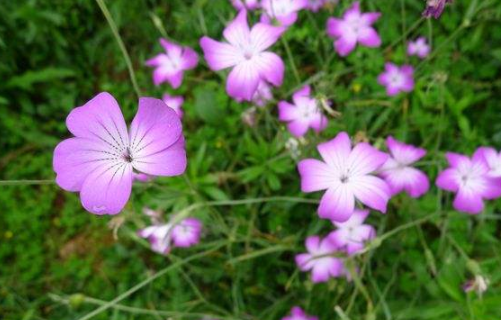
Light Mai Xianweng is not a flower that needs careful maintenance, it likes sunlight very much, so during the growth period of the plant, it is necessary to let the plant receive enough light so that it can grow healthily, but remember to shade the plant in summer so as not to burn the leaves, but do not overshade, otherwise the plant will grow too much.
2018-12-01 -
What are the effects and functions of Gentiana

What are the effects and functions of Gentiana
2019-02-28 -
High-yield cultivation techniques of motherwort

High-yield cultivation techniques of motherwort
2018-06-29 -
What kinds of potted orchids are there? how to plant them?
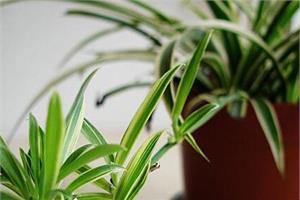
What kinds of potted orchids are there? how to plant them?
2019-02-26 -
The daunting name of the wolf venom.

Stellera chamaejasme is a perennial herb of the family Daphne and Stellera. It can be up to 40 cm high. The root is cylindrical. Stems tufted, smooth glabrous, lower several woody, brownish or reddish. Simple leaves alternate, densely; narrowly ovate to linear, both surfaces glabrous;
2018-05-15 -
Lycoris radiata cockroach flower Laocai garlic

Alias: cockroach flower, Amaryllidaceae: Amaryllidaceae, Lycoris morphology: perennial herbs, underground scales Mo thick, wide oval, covered with purplish red film. The leaves are linear, extracted from the base after flowering, 5-6 leaves, extracted in winter and withered in summer. The flower is extracted from August to September, with a height of 30 cm and 12 flowers, showing a terminal umbel; the flower is bright red, the simple part is very short, about 5 × 6 mm, and the lobes are narrowly needle-shaped and rolled outward. Ovary inferior, not strong after anthesis.
2019-01-16 -
Fillet piercing fish

English name: the original plant, willow piercing, is a perennial herb with a height of 50 cm and a slender yellow-white taproot. Stem erect, distally much branched, smooth glabrous. Leaves alternate, leaf blade lanceolate or linear-lanceolate, 3-8 cm long, 2-4 mm wide, apical Zhejiang tip, base attenuate and decurrent, sessile, entire, glabrous. Flowers dense, arranged in racemes at the top of the stem, bracts lanceolate; Calyx divided nearly to base, lobes broadly lanceolate, ca. 3 mm; Corolla yellowish, two lips
2019-01-16 -
Culture methods of Dryopteris
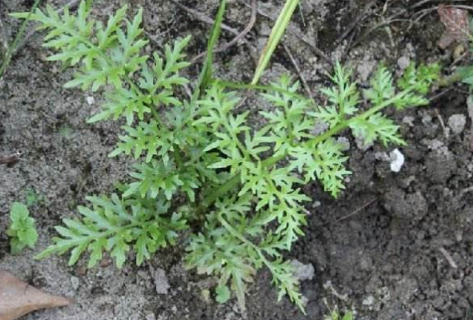
1. Water ferns like to grow in a shady and wet environment and are not resistant to high temperature. Water ferns are suitable for growing in puddles, in paddy fields, ponds, or on commonly moist soil. two。 Soil water fern is suitable for growing in neutral or slightly acidic soil, preferably sandy soil rich in organic matter.
2018-11-24
